An Eye on Composition – Part I

Composition is the very foundation of photography. It helps us to judge whether a photo is good or not. And it also reveals whether you’re a good photographer or not. Start taking composition seriously—for example by reading the tips in today’s article. Better pictures will be your reward.
Composition as such isn’t found only in photography—it’s in every recorded image. That can mean anything from paintings to video. Some people are born with a talent for composition. The rest of us have to learn it.
But our interest here is composition in photography. We’ll be looking at the most widespread composition types and rules of thumb.
The Golden Crop and the Rule of Thirds
The golden crop is a rule of thumb where you divide a picture roughly into thirds. This rule is actually as old as the world itself. You’ll see it even in the shapes of living beings—such as the nautilus shell. The golden crop also has a mathematical foundation, the golden ratio, as illustrated below.

The photographs below demonstrate the golden-ratio rule. In each of them, one of the intersections of lines contains the photograph’s subject—the center of attention.

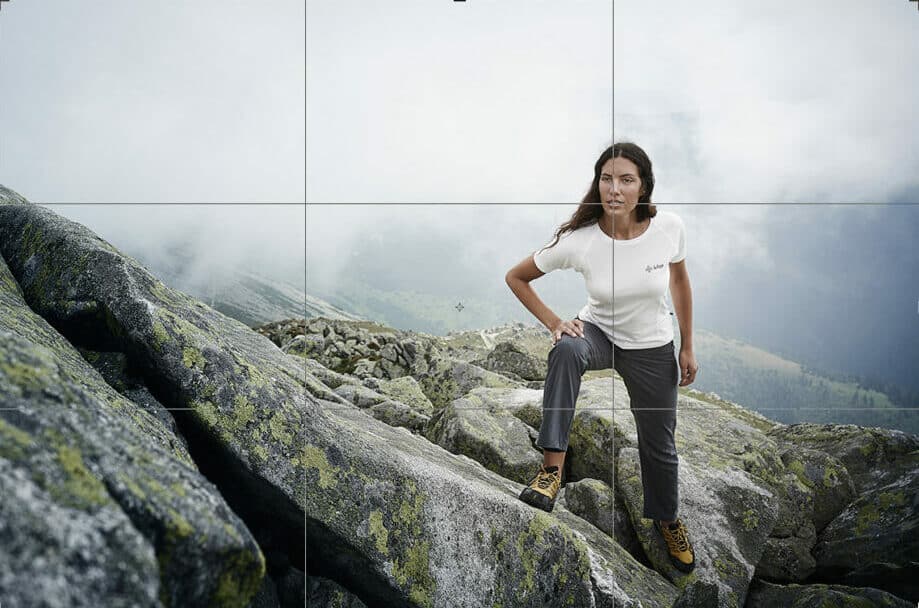
Lines in Thirds
The rule of thirds most often comes into play in nature photography. The picture gets divided into thirds—either vertically or horizontally. You’ll have:
- the foreground in the bottom third
- the subject in the middle
- the landscape’s background in the top third
This type of composition gives a nature photograph the depth it needs. On the assumption, that is, that you’re using a wide-angle lens. That’s because a telephoto lens will “flatten” your image. You can clearly see that in any landscape photo taken with a telephoto lens.
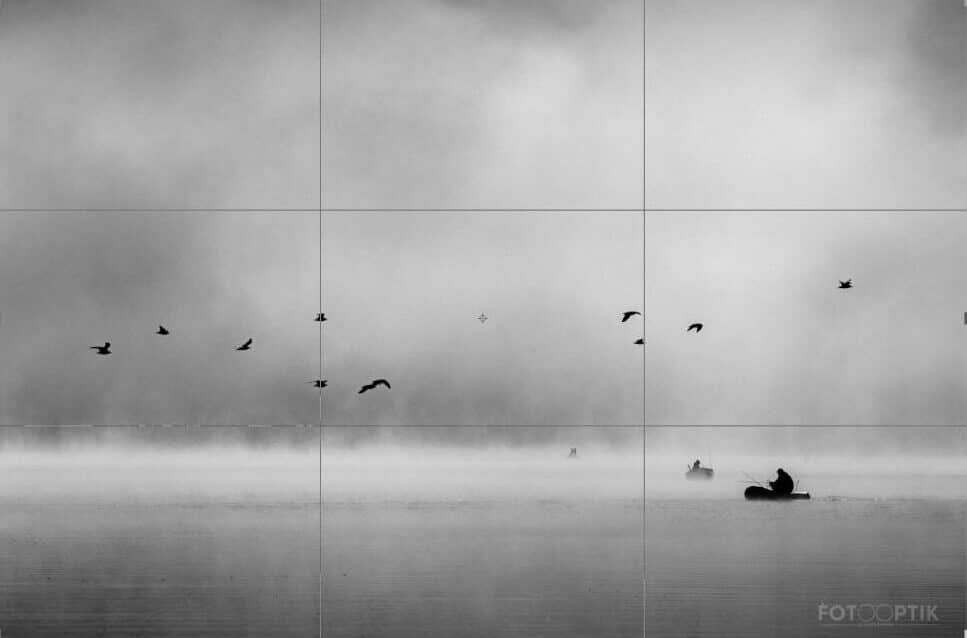
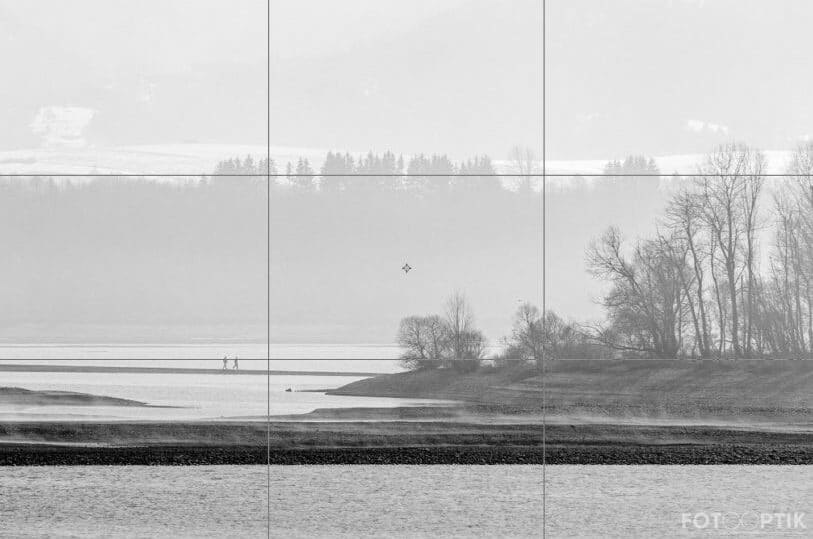
Diagonals
Another type of thing you can use in composition is diagonals, as well as any lines that naturally meet each other and that work to the photo’s benefit. Typical examples of such diagonals include paths, sidewalks, rails, and the roofs of buildings. You just have to aim them so that they “point to” the subject of the photo. This gives the photo greater depth.
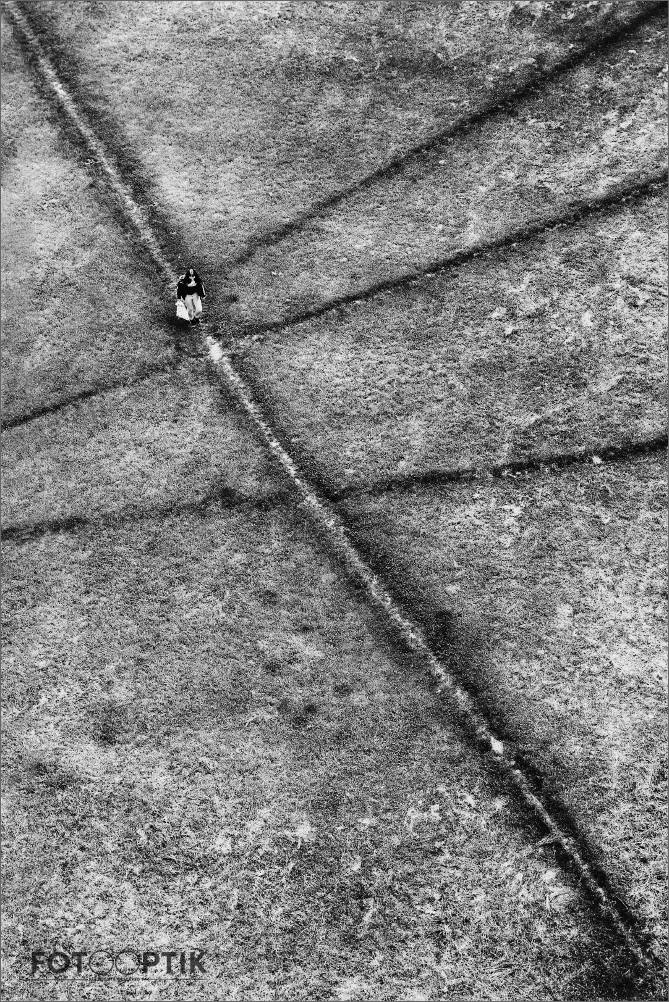

Converging Diagonals for Better Dynamics
Work with converging diagonals is a interesting compositional technique. You’ll generally find these lines on the corners of buildings or in situations where lines form a triangle.

Framing
Natural frames in your environment are a attractive compositional element that can be used as a “photo inside a photo.” But take care to get both of the two compositions right—both the photo’s overall composition and the composition of the “framed” object.
For two shining examples of this, think of the windows of buildings or of vehicles where people are sitting and looking out.
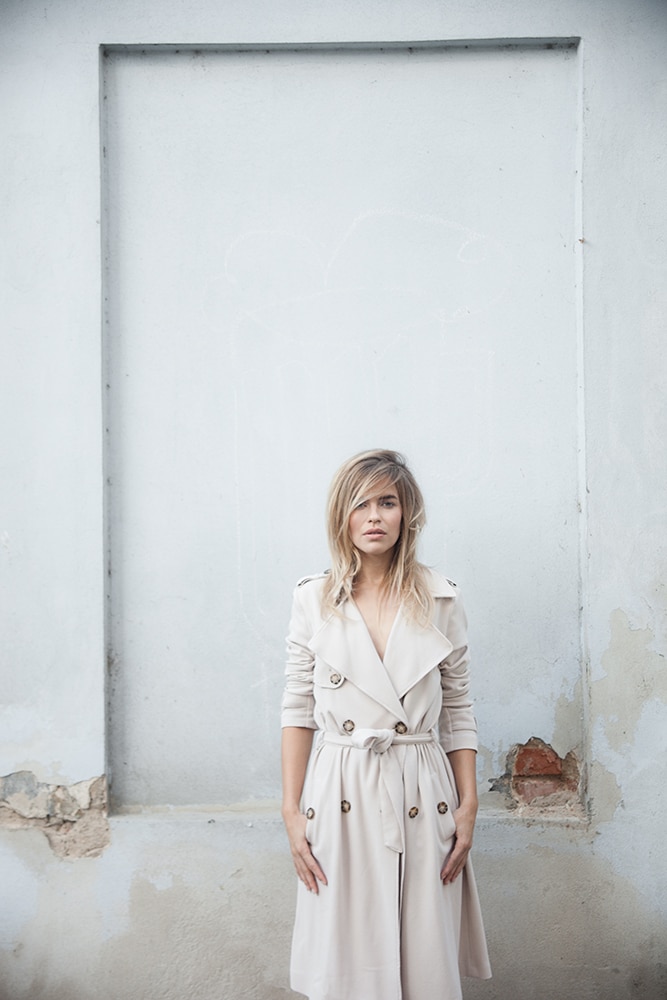

To Be Continued
So when composing your photos, keep in mind the rule of thirds and assemble the elements of your photos based on the golden ratio. And remember that diagonals and framing can be an interesting element in your photos. But that’s not all… We’ll be bringing more tips and tricks in upcoming articles.

Robert Gividen
Excellent. It comes natural to me but…I can now see the importance of natural framing.
Thank you.